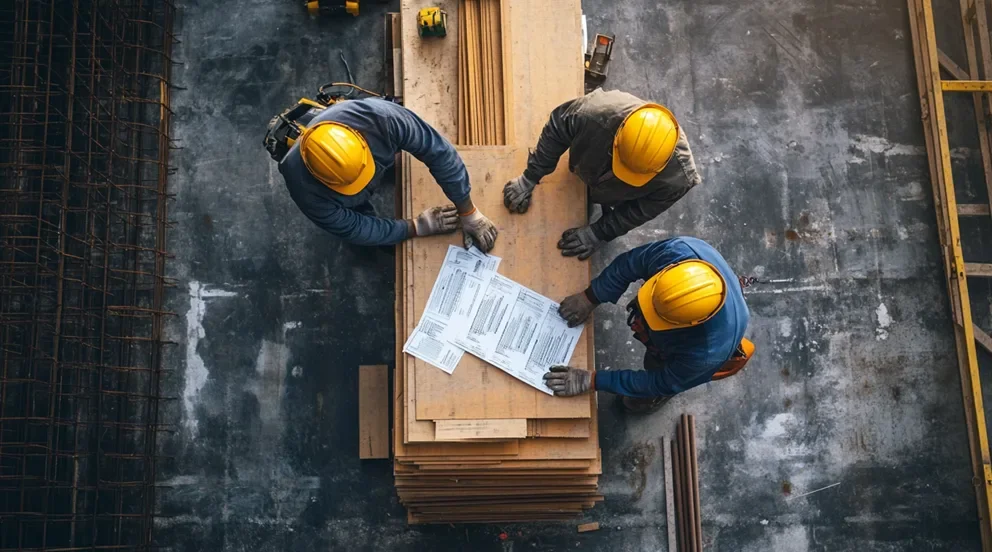Installing fire-blocking interior walls comes with several benefits. The primary benefit is improved fire safety and protection. Blocking interior walls are built to limit the spread of fire and reduce the risk of fire damage and destruction. Fire-blocking walls also have a sound-muffling effect, creating a quiet and peaceful ambiance in a home or other building. The second benefit is increased energy efficiency.
Blocking walls can help retain the conditioned air in a home, allowing for more consistent temperature control. Lastly, these walls are also highly beneficial to architects when designing homes or buildings. They can create tankless walls that provide a sense of openness and can also create room divisions without closing off the area. Fire-blocking interior walls are an excellent investment, providing fire safety, energy efficiency, and design benefits.
Enhanced Fire Safety
Fire-blocking interior walls provide enhanced fire safety in buildings and improved energy efficiency. They limit the spread of fire by providing a barrier and create a sound-muffling effect for a peaceful ambiance. Additionally, they contribute to a home’s energy efficiency by decreasing air leakage, resulting in more consistent temperature control in the house. Fire-blocking walls are also beneficial for architects when planning a design, allowing them to create tankless walls that provide a room division without closing off the area. Overall, they are an excellent addition to any home, providing fire safety, energy efficiency, and design benefits.
Improved Energy Efficiency with Fire-Blocking Interior Walls
Fire-blocking interior walls provide improved energy efficiency as well as enhanced fire safety. By limiting the spread of fire, they create a barrier and a sound-muffling effect. In addition, they help to retain conditioned air in a home and reduce air leakage, creating consistent temperature control. As a result, fire-blocking walls are an excellent investment for any home, providing both fire safety and energy efficiency benefits.
Creative Room Division with Fire-Blocking Interior Walls
Fire-blocking interior walls provide improved fire safety, energy efficiency, and creative room division. By creating a barrier between rooms, they limit the spread of fire and create a quiet and peaceful ambiance. Furthermore, they reduce air leakage and retain conditioned air in a home, improving energy efficiency. Lastly, architects benefit from creating tankless walls that provide a sense of openness and can also create room divisions without closing off the area. Fire-blocking interior walls are a great investment for any building, providing fire safety, energy efficiency, and creative room division.
Enhancing the Acoustics of a Space with Fire-Blocking Interior Walls
Fire-blocking interior walls provide enhanced fire safety, improved energy efficiency, and improved acoustics. By creating a barrier to limit the spread of fire, they also muffle sound, creating a peaceful ambiance in a living space. Furthermore, they reduce air leakage and retain conditioned air, allowing for better temperature control, resulting in improved energy efficiency. Lastly, architects benefit from creating tankless walls that provide a sense of openness and can also create acoustically ideal room divisions for a range of applications without completely closing off the space. Fire-blocking interior walls are an outstanding investment that provide fire safety, energy efficiency, and improved acoustics in any building.
Seamless Integration of Fire-Blocking Interior Walls into Existing Architecture
Fire-blocking interior walls offer seamless integration into existing architecture, providing enhanced fire safety, improved energy efficiency, and improved acoustics. These walls create a fire-resistant barrier, limiting the spread of fire and muffling sound. They also reduce air leakage and retain conditioned air, allowing for better temperature control. Additionally, they are beneficial for architects when designing and remodeling, helping to create tankless walls that provide a sense of openness and can also integrate with existing architecture to create room divisions without closing off the space. Fire-blocking interior walls are an excellent investment, providing fire safety, energy efficiency, and improved acoustics.
What to Consider When Setting Up
When setting up fire-blocking interior walls, considerations include enhanced fire safety, improved energy efficiency, creative room divisions, improved acoustics, and seamless integration with existing architecture. These walls limit the spread of fire and create a sound-muffling effect, reducing air leakage and retaining conditioned air, providing both fire safety and energy efficiency benefits. Additionally, they contribute to architects when designing a space, allowing for tankless walls that provide a sense of openness and create exterior room divisions without completely closing off the area. Lastly, these walls also improve acoustics, providing a peaceful ambiance and integrating seamlessly with existing architecture.
Cost-Effective Solutions in New or Renovated Buildings
Installing fire-blocking interior walls is a cost-effective option for new or renovated buildings. These walls provide enhanced fire safety and help to contain the spread of fire, in addition to reducing air leakage and retaining conditioned air, leading to improved energy efficiency. They also provide a range of design benefits for architects, including creating tankless walls that provide a sense of openness and creating room divisions without closing off the area. On top of these advantages, fire-blocking interior walls also improve acoustics, creating a quiet and peaceful ambiance. Therefore, fire-blocking interior walls are an excellent choice for any new or renovated building, providing fire safety, energy efficiency, design benefits, and improved acoustics.
Fire-Blocking Interior Walls in Commercial Buildings: Advantages and Disadvantages
Fire-blocking interior walls provide commercial buildings with several advantages, including enhanced fire safety, improved energy efficiency, creative room divisions, improved acoustics, and seamless integration with existing architecture. These walls limit the spread of fire and provide a sound-muffling effect, reducing air leakage and retaining conditioned air. Additionally, they are beneficial for architects when designing a space, allowing for tankless walls that provide a sense of openness and can create exterior room divisions without completely closing off the area. However, these walls may be difficult to install in existing structures and can be expensive, depending on the level of fire protection required. In conclusion, fire-blocking interior walls are an excellent investment for commercial buildings, providing enhanced fire safety, improved energy efficiency, creative room divisions, improved acoustics, and seamless integration with existing architecture.
Key Takeaways
Fire-blocking interior walls provide enhanced fire safety, improved energy efficiency, creative room divisions, improved acoustics, and seamless integration when installed in residential or commercial buildings. They limit the spread of fire and provide a sound-muffling effect, reducing air leakage and retaining conditioned air. Additionally, architects benefit from creating tankless walls that provide a sense of openness and can also create room divisions without closing off the area. Installing fire-blocking walls also brings financial benefits in the form of lower insurance premiums. Therefore, they are an excellent investment that provides multiple benefits to homes and businesses.



